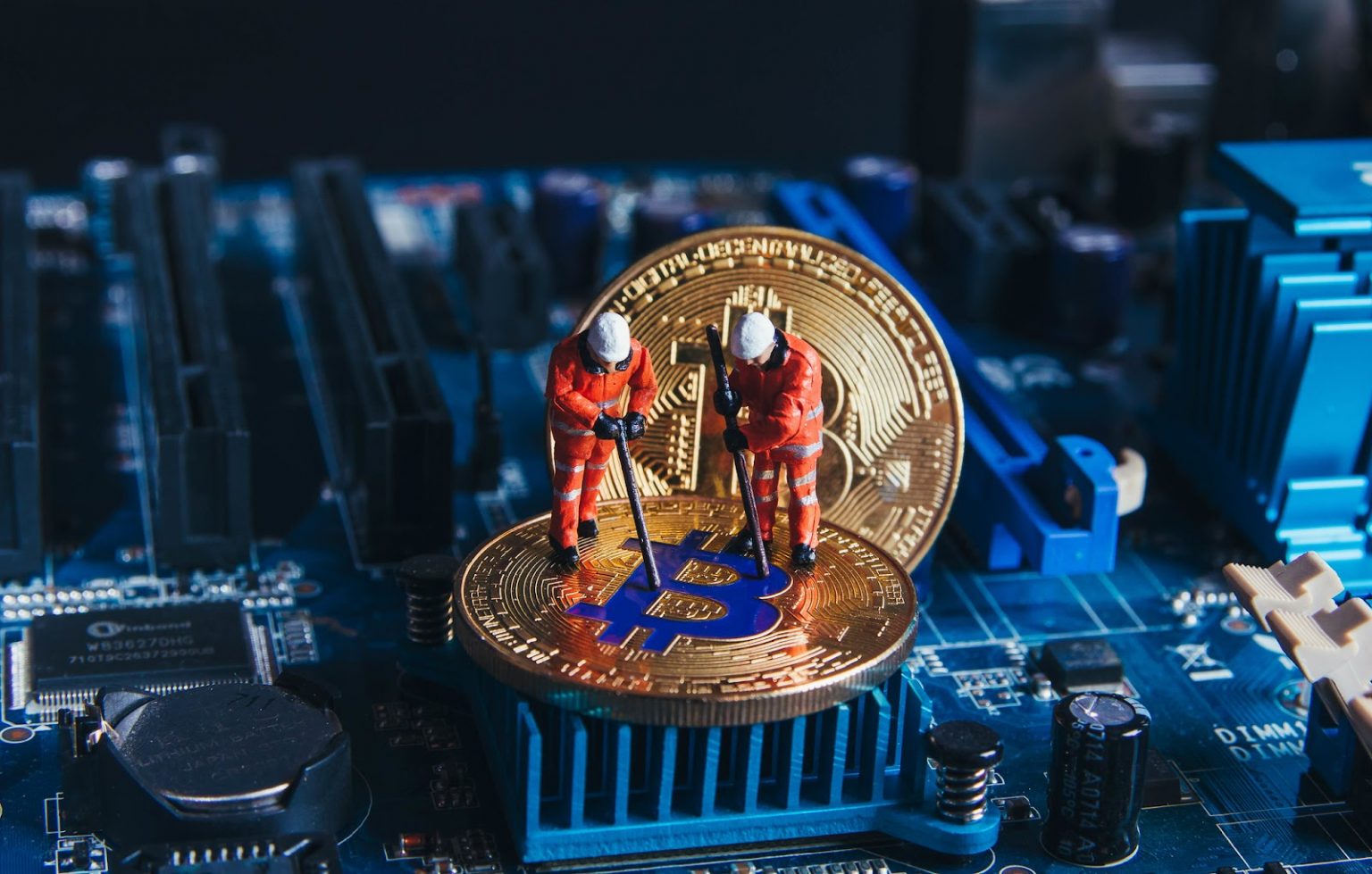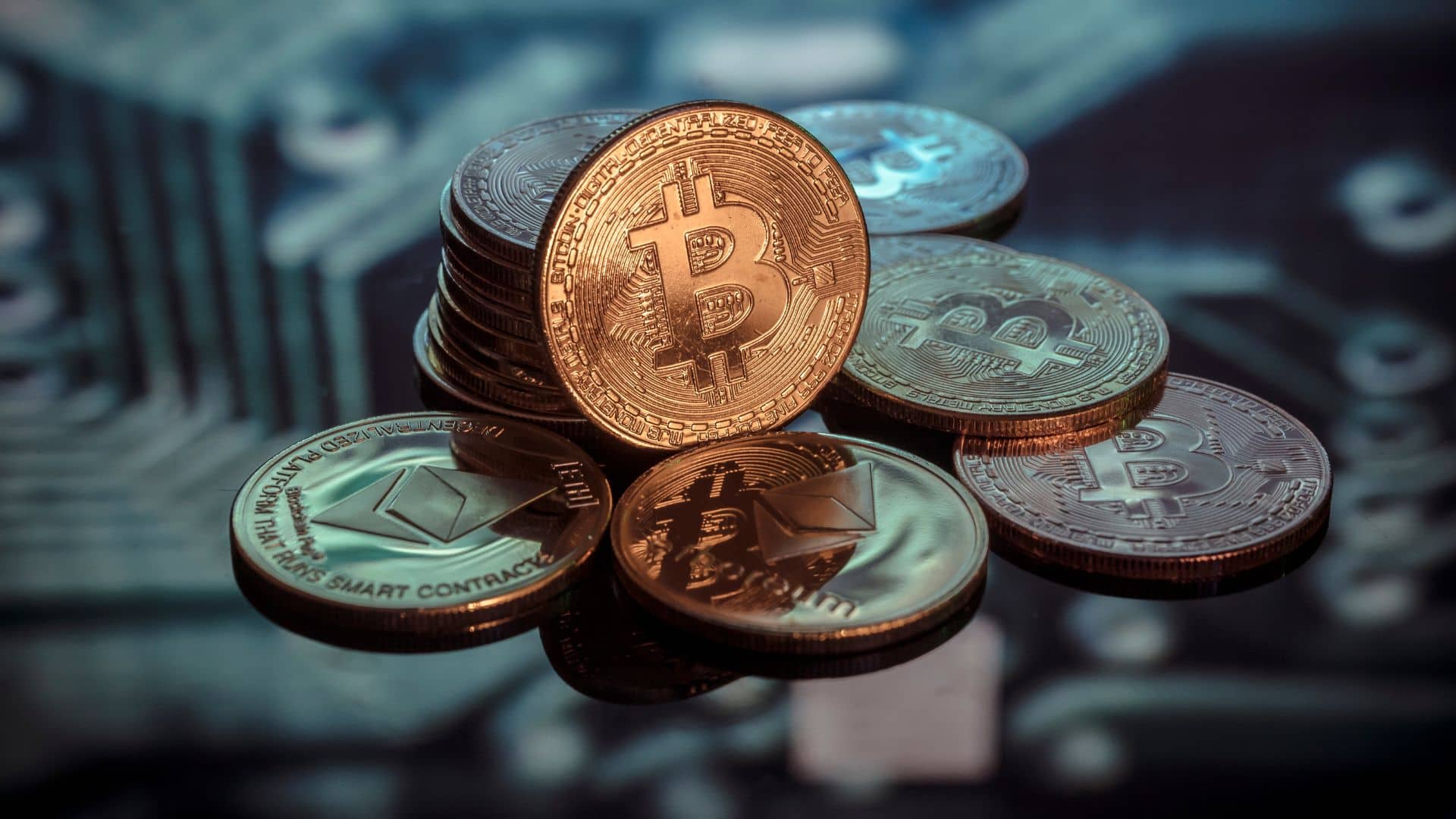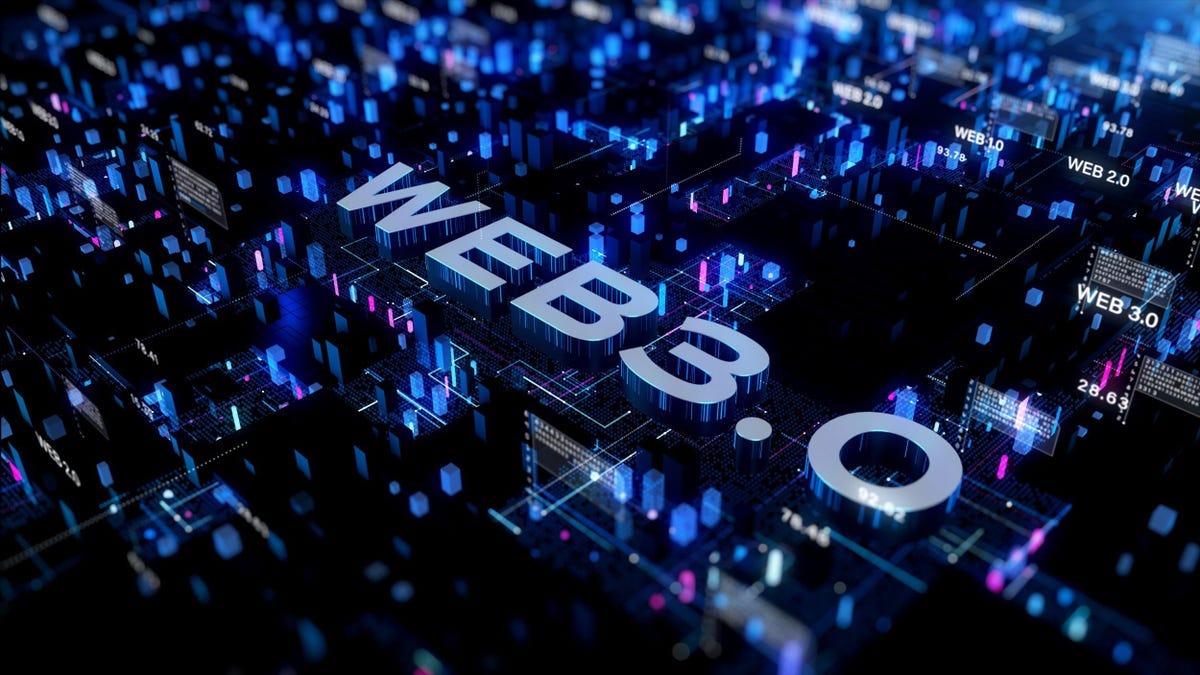Cryptocurrency mining serves as the foundation of digital currencies, enabling decentralized transactions by solving intricate mathematical problems. This process ensures the security and integrity of blockchain networks such as Bitcoin and Ethereum. Without mining, the decentralized ledger system would fail, exposing cryptocurrencies to potential fraud.
The concept of mining began with Bitcoin in 2009. Initially, users could mine Bitcoin with simple computers. However, as the industry advanced, mining grew into a highly competitive field requiring specialized hardware and significant energy investments.
The Basics of Cryptocurrency Mining
Overview of Blockchain Technology
Blockchain technology functions as a decentralized digital ledger, recording transactions in sequential blocks. Each block contains transaction data, a timestamp, and a cryptographic hash linking it to the previous block. Mining ensures these blocks are securely added to the chain in the correct order.
Role of Miners in Validating Transactions
Miners are crucial for validating transactions and adding them to the blockchain. By solving complex computational problems, miners “seal” blocks, protecting the blockchain from tampering. Without miners, the blockchain would lack the verification processes necessary for trust and transparency.
Understanding Proof-of-Work (PoW) Mechanism
The Proof-of-Work (PoW) mechanism is a consensus protocol where miners compete to solve cryptographic puzzles. The first miner to solve the puzzle earns the right to add a block to the blockchain and receives a reward. This system ensures decentralization and safeguards against fraudulent actions, such as double-spending.
Tools and Equipment Needed for Mining
Hardware Requirements
Mining hardware has advanced significantly over time:
- ASICs (Application-Specific Integrated Circuits): These highly efficient but costly machines are optimized for specific cryptocurrencies, like Bitcoin.
- GPUs (Graphics Processing Units): Widely used for mining alternative cryptocurrencies (altcoins), GPUs are more flexible but less efficient for Bitcoin mining compared to ASICs.
Software Options for Cryptocurrency Mining
Specialized software connects mining hardware to blockchain networks. Common options include:
- CGMiner: A command-line tool ideal for experienced users.
- NiceHash: A user-friendly platform allowing beginners to rent computing power.
Energy and Electricity Requirements
Mining demands significant energy. To maximize profitability, miners often operate in regions with low electricity costs and employ efficient cooling systems to manage heat.
The Cryptocurrency Mining Process
Step-by-Step Guide to Mining
- Choose a Cryptocurrency: Select a coin to mine based on its profitability.
- Set Up Hardware and Software: Install the required equipment and software tools.
- Join a Mining Pool or Mine Solo: Decide between collaborative mining for more consistent rewards or solo mining for potential larger payouts.
- Start Mining: Connect your setup to the blockchain network and begin solving computational puzzles.
- Monitor and Optimize: Regularly track performance and adjust configurations for better efficiency.
Explanation of Mining Rewards
Miners earn cryptocurrency for validating blocks. For Bitcoin, this includes a block reward (currently 6.25 BTC per block) and any transaction fees associated with that block.
Challenges Miners Face
Mining is increasingly difficult due to rising electricity costs, expensive hardware, and growing competition. Furthermore, periodic block reward reductions, known as halving events, decrease profitability over time.
Types of Cryptocurrency Mining
Solo Mining
Solo mining involves individuals using their resources to mine independently. While the rewards are substantial if successful, the chances of solving a block alone are low.
Pool Mining
Pool mining combines resources from multiple miners to improve the likelihood of solving a block. Rewards are shared among participants based on their contribution.
Cloud Mining
Cloud mining allows users to rent computing power from remote data centers, eliminating the need to purchase hardware. However, it comes with risks, including potential scams and reduced profitability.





